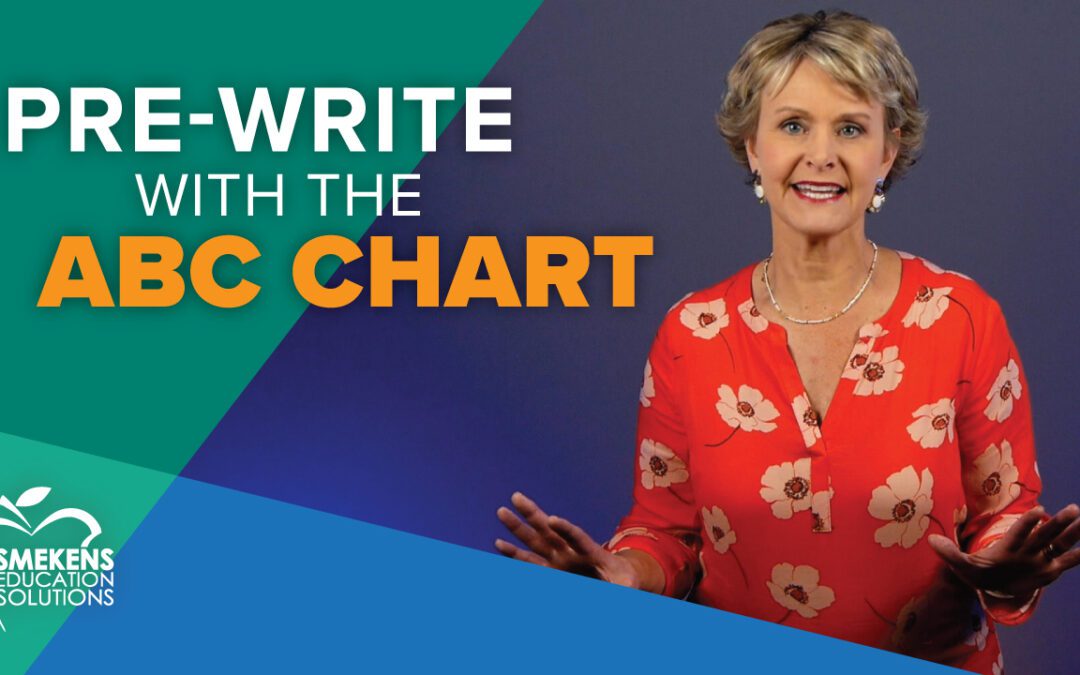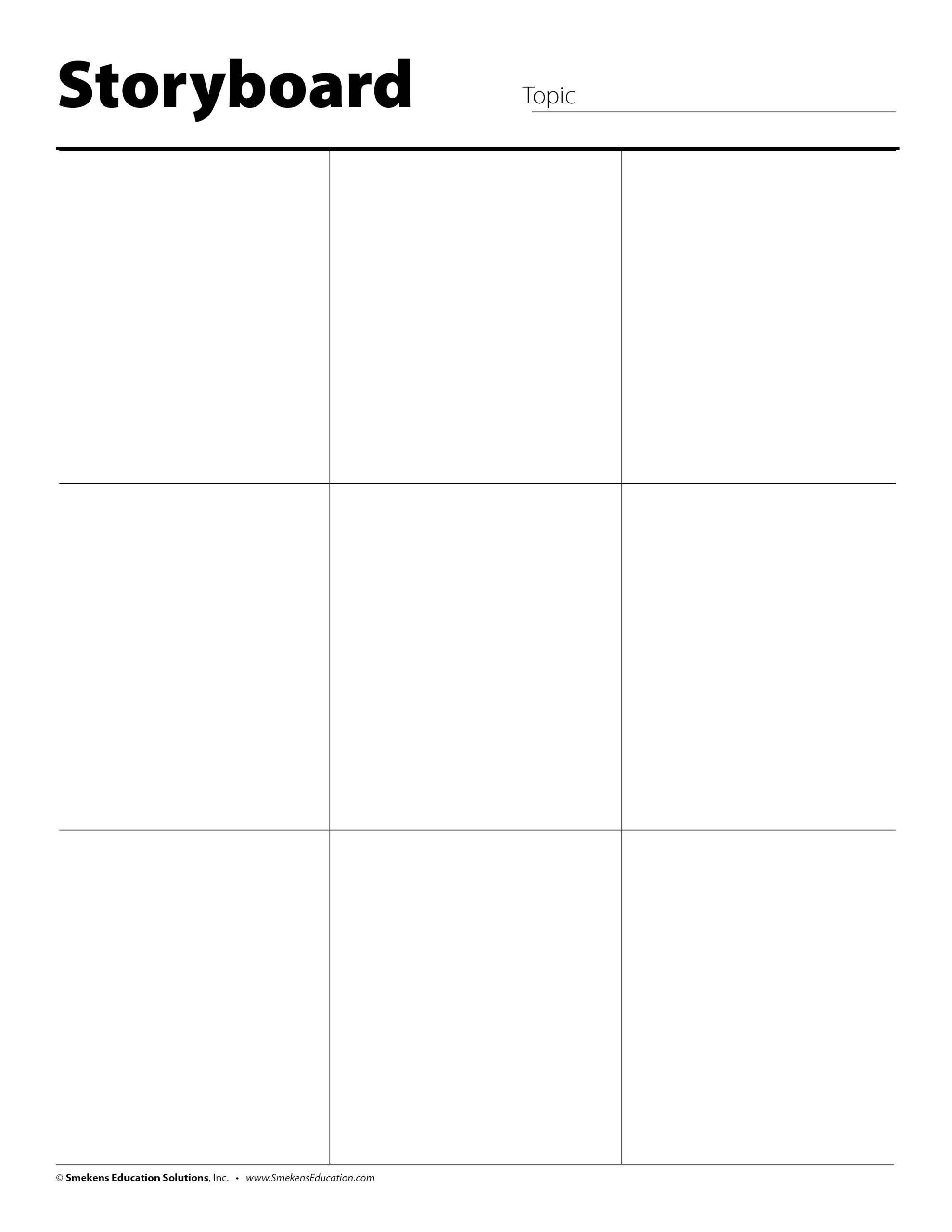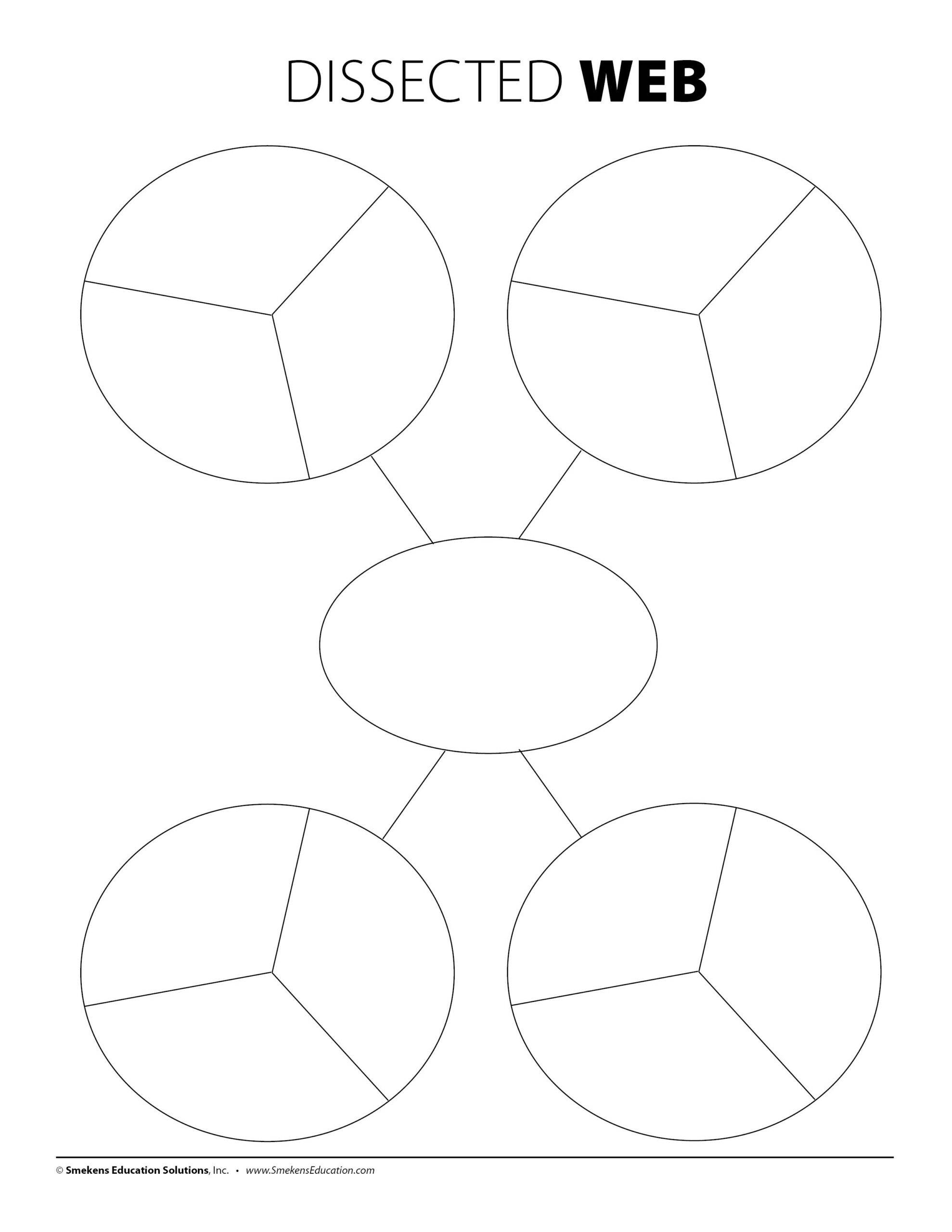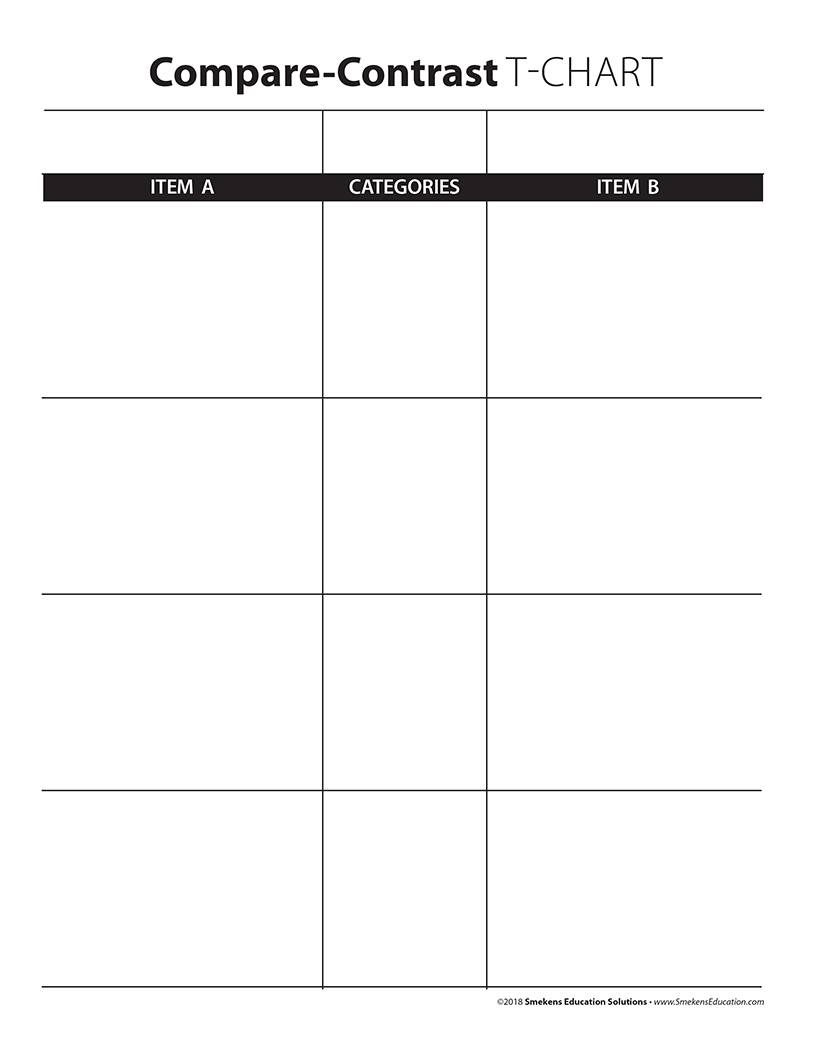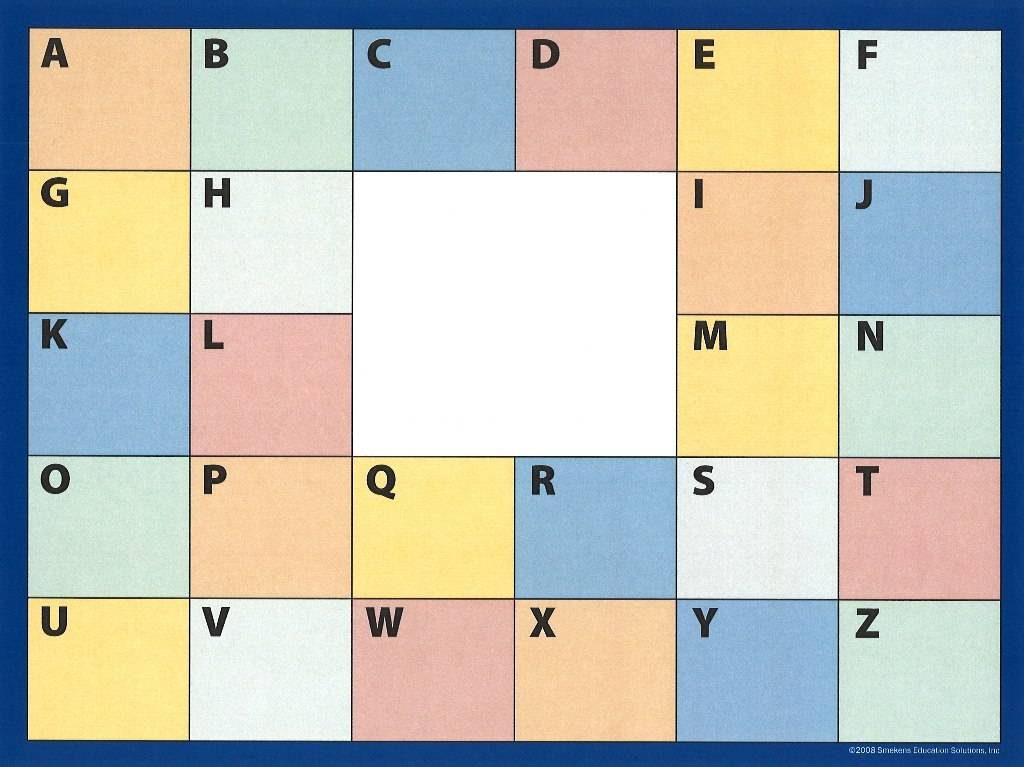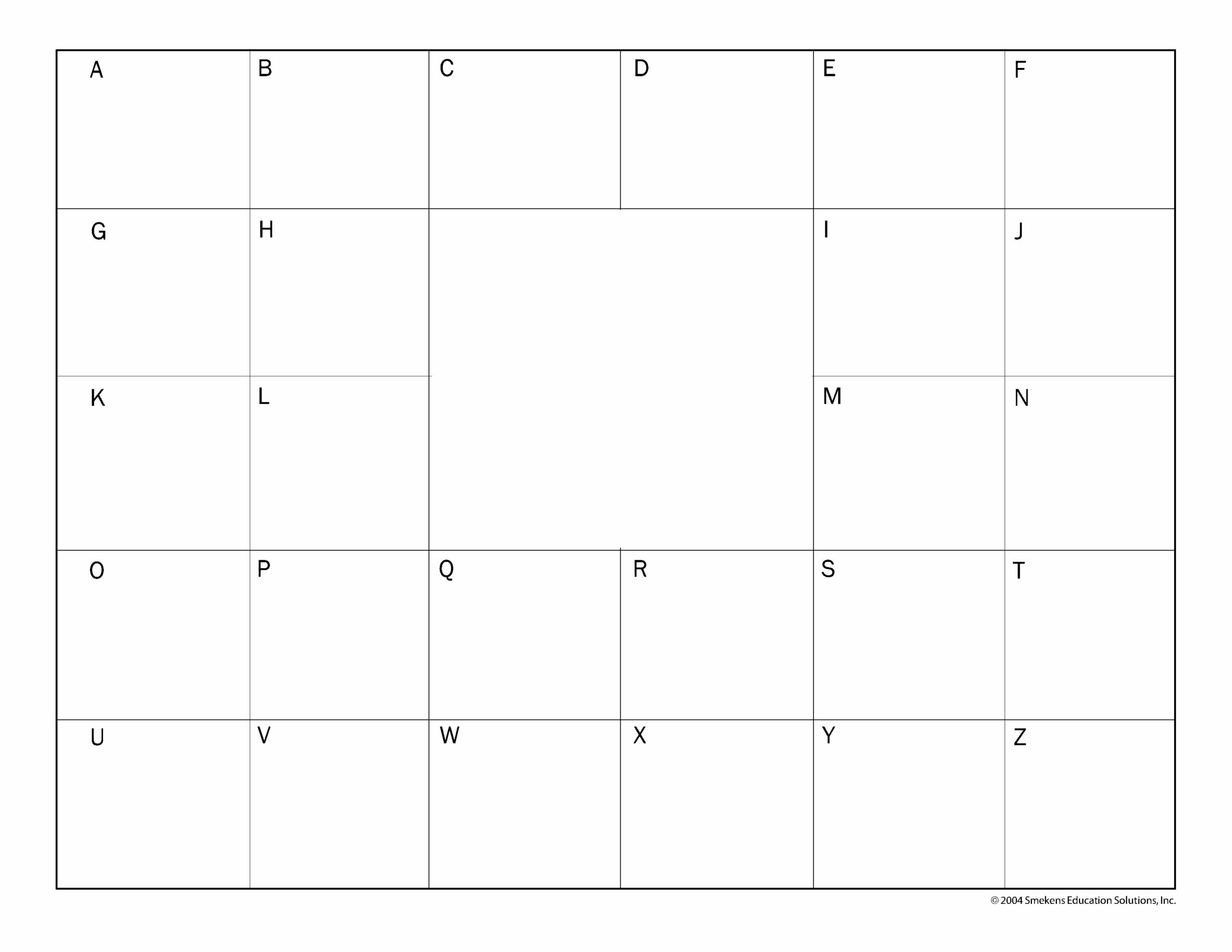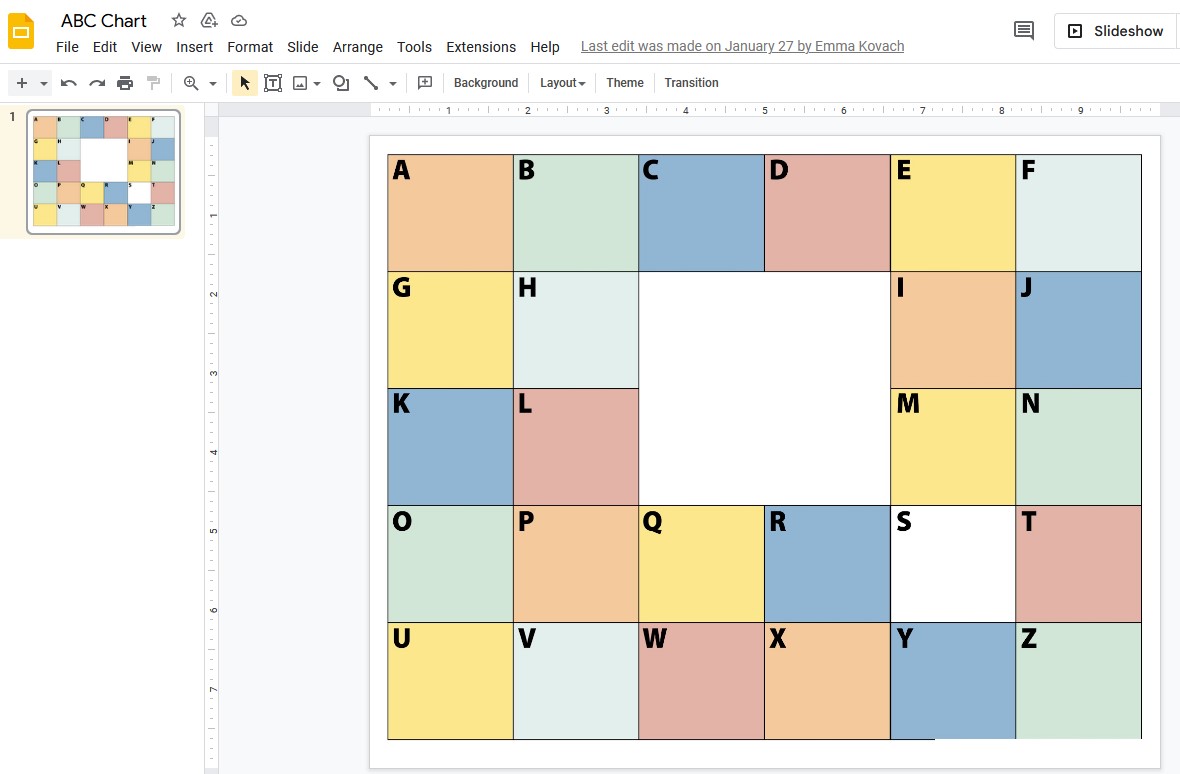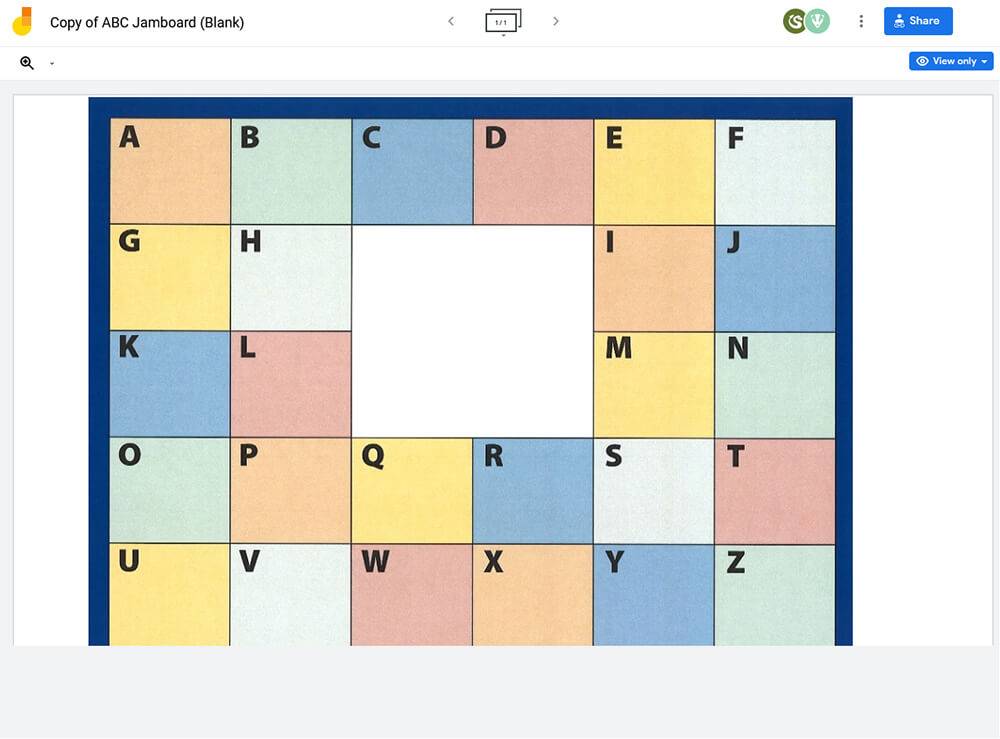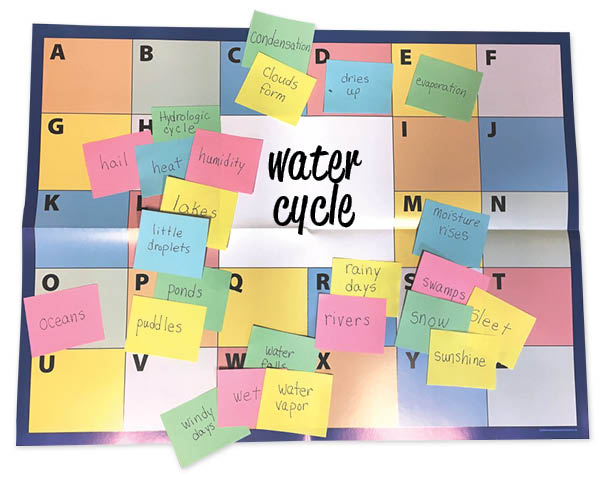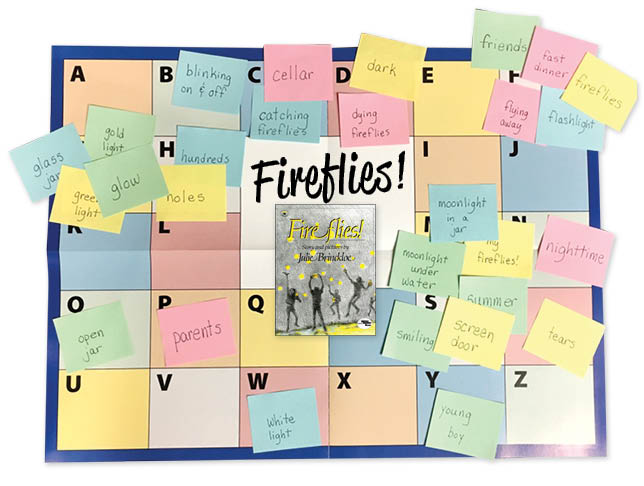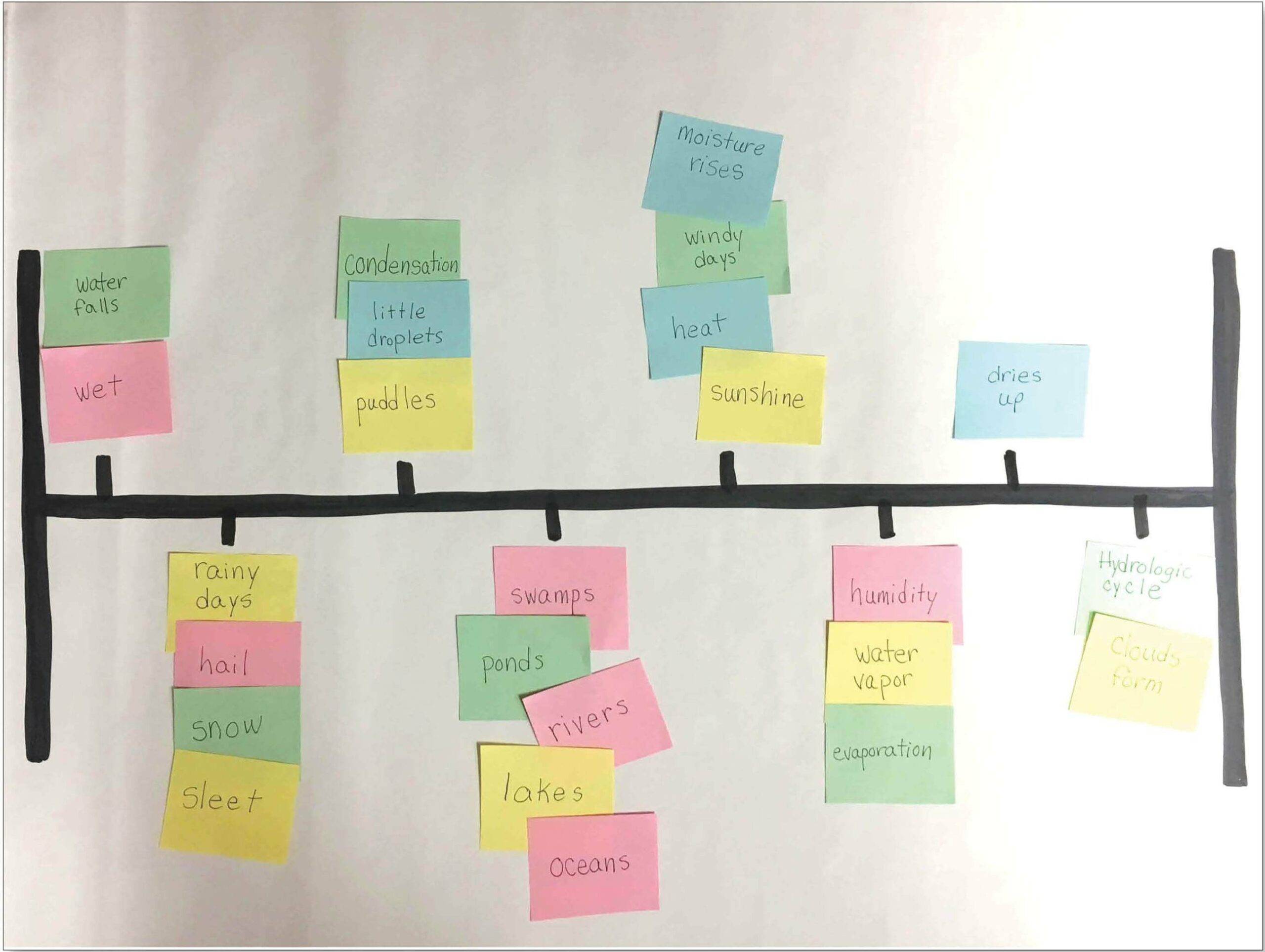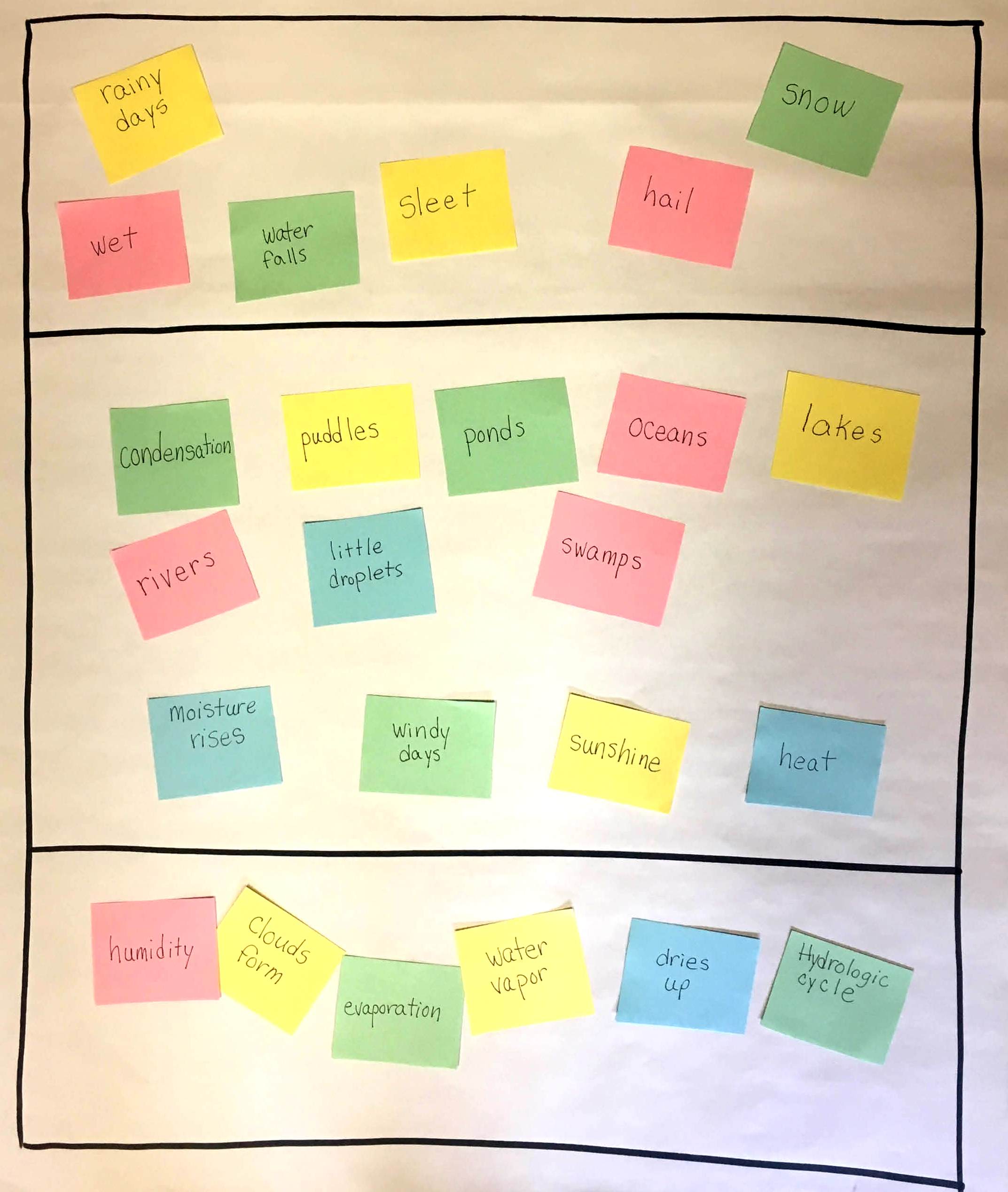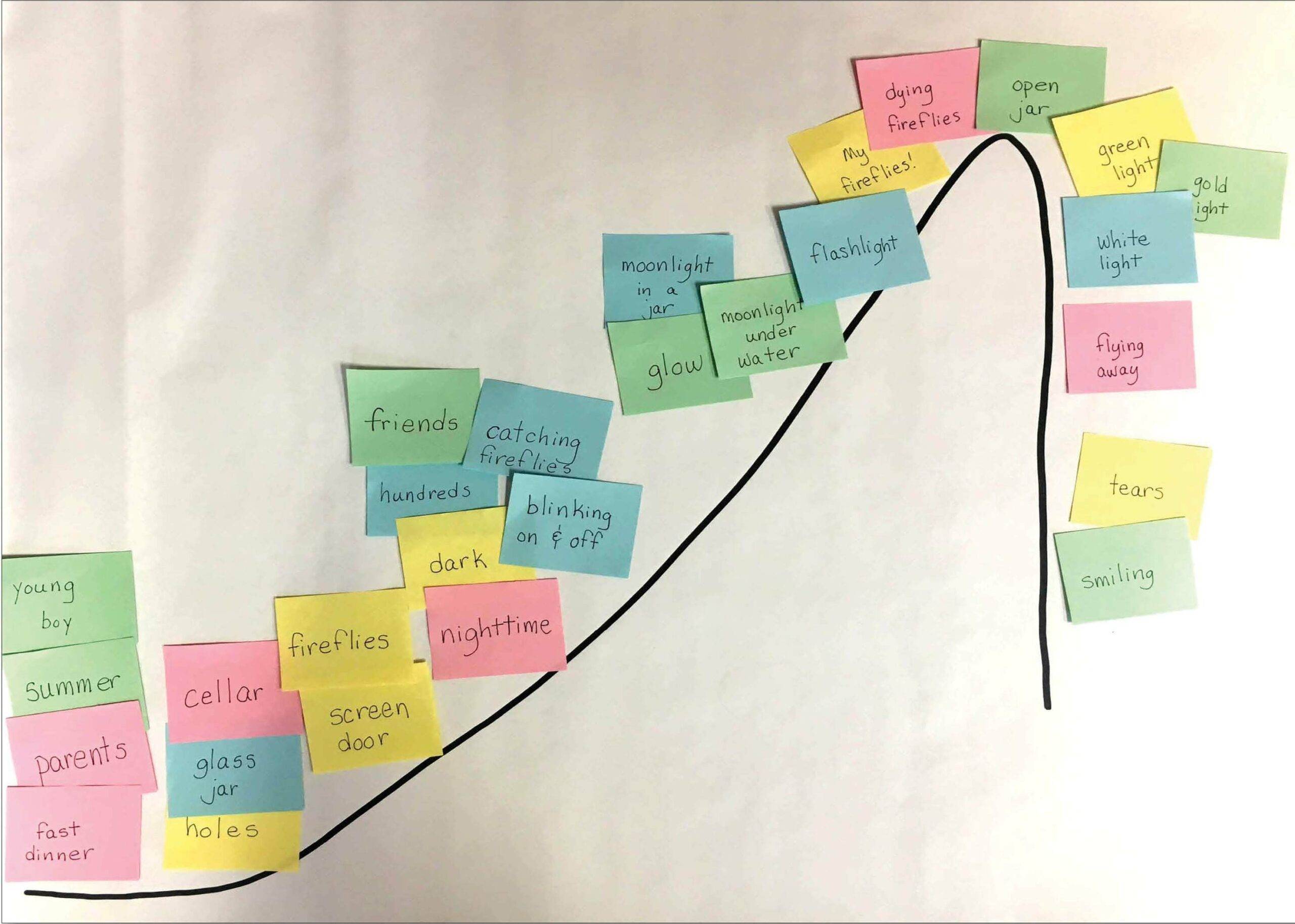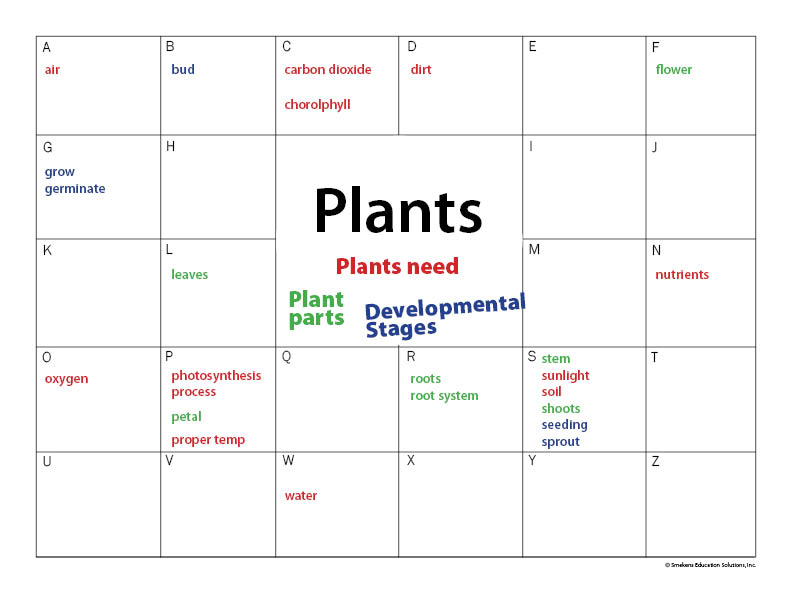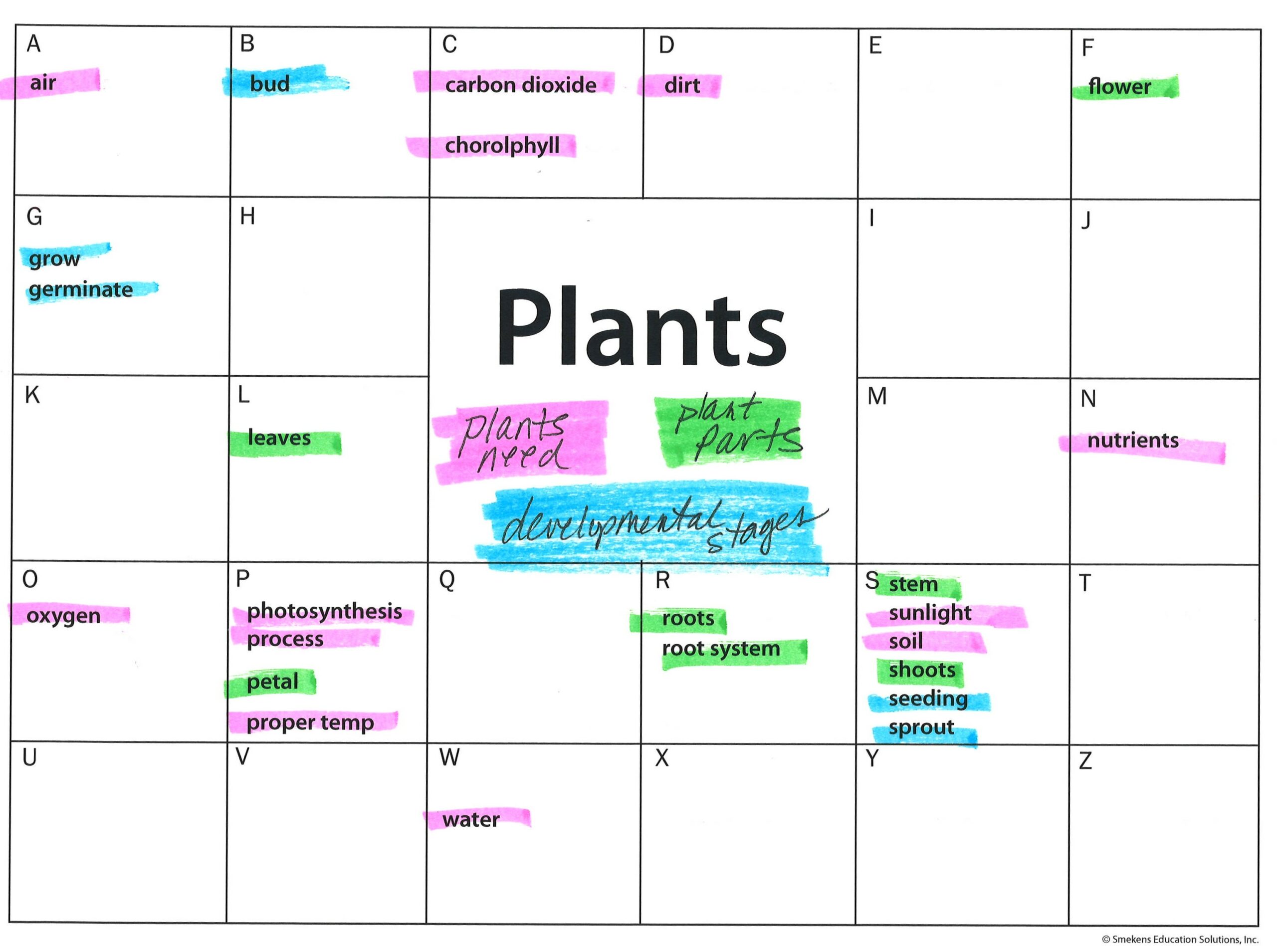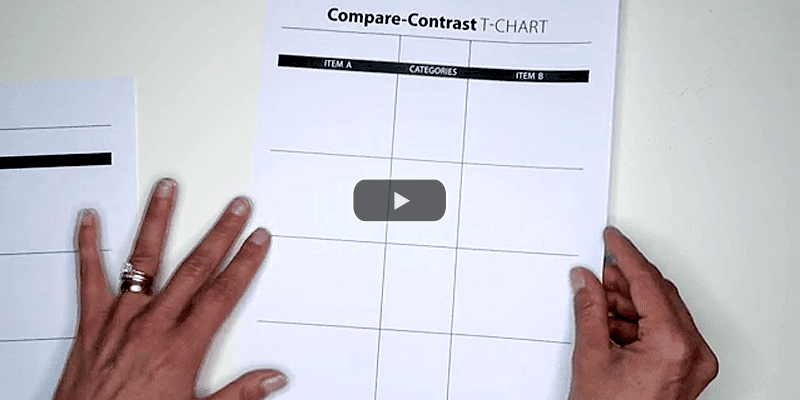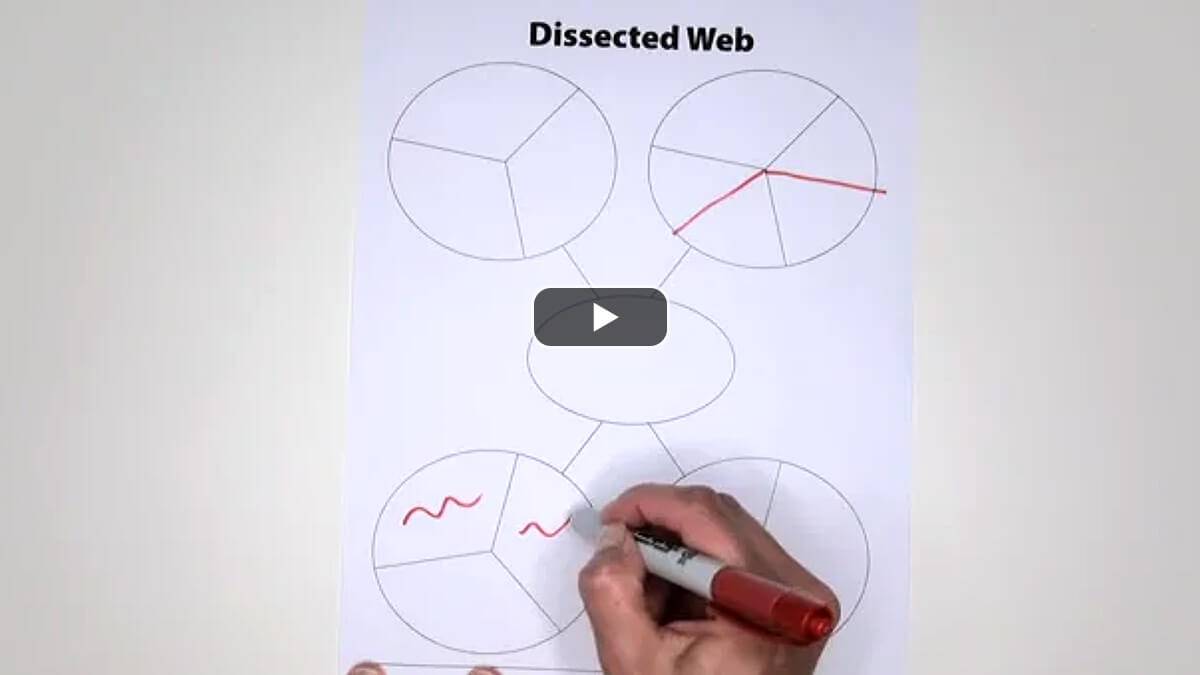Learning Center
writing
Pre-write in 2 steps with the ABC Chart
November 29, 2022
“Good” writing is well developed and organized. However, this combination is difficult for many students to achieve– especially within a first draft. Some students write a lot, but the flow of ideas is hard to follow. Others write in a logical order but say very little.
To combat this, teachers often supply students with a graphic organizer or structured outline. And although these tools may work for some students, they are not necessarily the most helpful for all students. That’s because they are single-step pre-writing tools.
Graphic organizers and outlines, when used alone, presume the student knows what he wants to say and where he wants to say it—at the same time.
A more universal strategy to help students cultivate and organize ideas is the ABC Chart. Whether it’s a poster you make or purchase, or a digital document that you download, the ABC Chart honors two purposeful pre-writing steps.
STEP 1: List the details
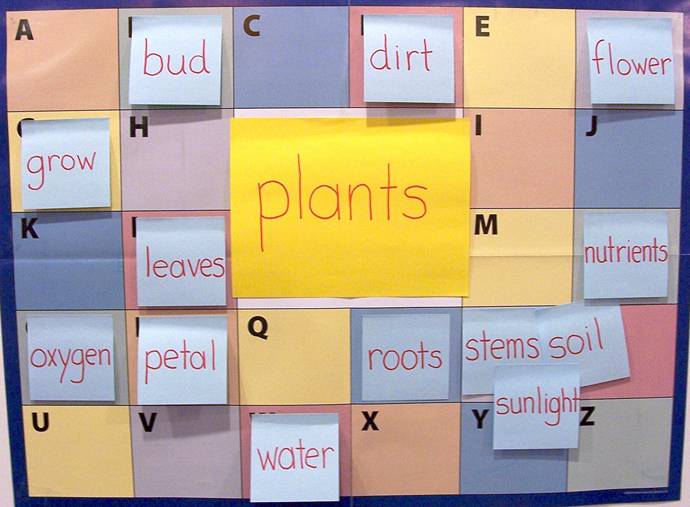 In its simplest form, the ABC Chart helps to build a list of details. It holds the writing topic in the center while all the smaller boxes are used to generate related details that begin with the specific letter of the alphabet.
In its simplest form, the ABC Chart helps to build a list of details. It holds the writing topic in the center while all the smaller boxes are used to generate related details that begin with the specific letter of the alphabet.
Model how to use the ABC Chart using a simple topic that students are familiar with (e.g., plants).
During the model, emphasize that there are no right answers. Allow for “details” to be individual words or phrases, and model how you can jump around the chart as new details pop into your mind.
Articulate that the ABC Chart isn’t a worksheet to complete. It’s not a race to be the first one to have 26 different details. The goal is to have as many relevant details as possible. This might mean that some letters have four or five details while other letters have none.
Although students are completing charts independently, you might guide their brainstorming by quietly reminding them of the topic’s larger facets.
- What does it need (e.g., nutrients, proper temperature)?
- What are its parts (e.g., leaves, root system, shoots, flower)?
- What are its developmental stages (e.g., seed, germinate, seedling, bud)?
Step 1 honors the grocery-list approach. It allows students to just spill what they know about a topic without any expectation of organization.
However, we cannot transition from the ABC Chart to a first draft. It’s important to teach Step 2—how to organize all these details.
STEP 2: Organize the details
The second step occurs when the writer considers which details go together. This is when he makes physical groupings and creates categories that will become the contents of body paragraphs.
While students benefit from seeing all the details they have collected, they ultimately have to present those details to readers in logical, bite-sized paragraphs. This requires teaching them how to organize their information.
During step two, remove the individual sticky notes from the chart and line them up side by side.
Based on the writing purpose or prompt, model how to reread each detail and consider those that “go together.”
- Well… this, this, and this are all about….
- These are types of…
- And these details all address…
Depending on the writing task, the groupings may create a web of categories, reveal steps in a process, or follow the structure of a story.
Step 2 is easy to execute with sticky notes pulled from a poster. However, for the digital ABC Charts, show students how to copy and paste details to create groupings—or how to color-code related details within the alpha boxes to identify categories using digital highlighters.
The ABC Chart is a fantastic tool that works with writers of any age and with any subject area. When used in this two-step process, you will be amazed at how many more details students integrate into a first-draft—and how logically the details flow.

